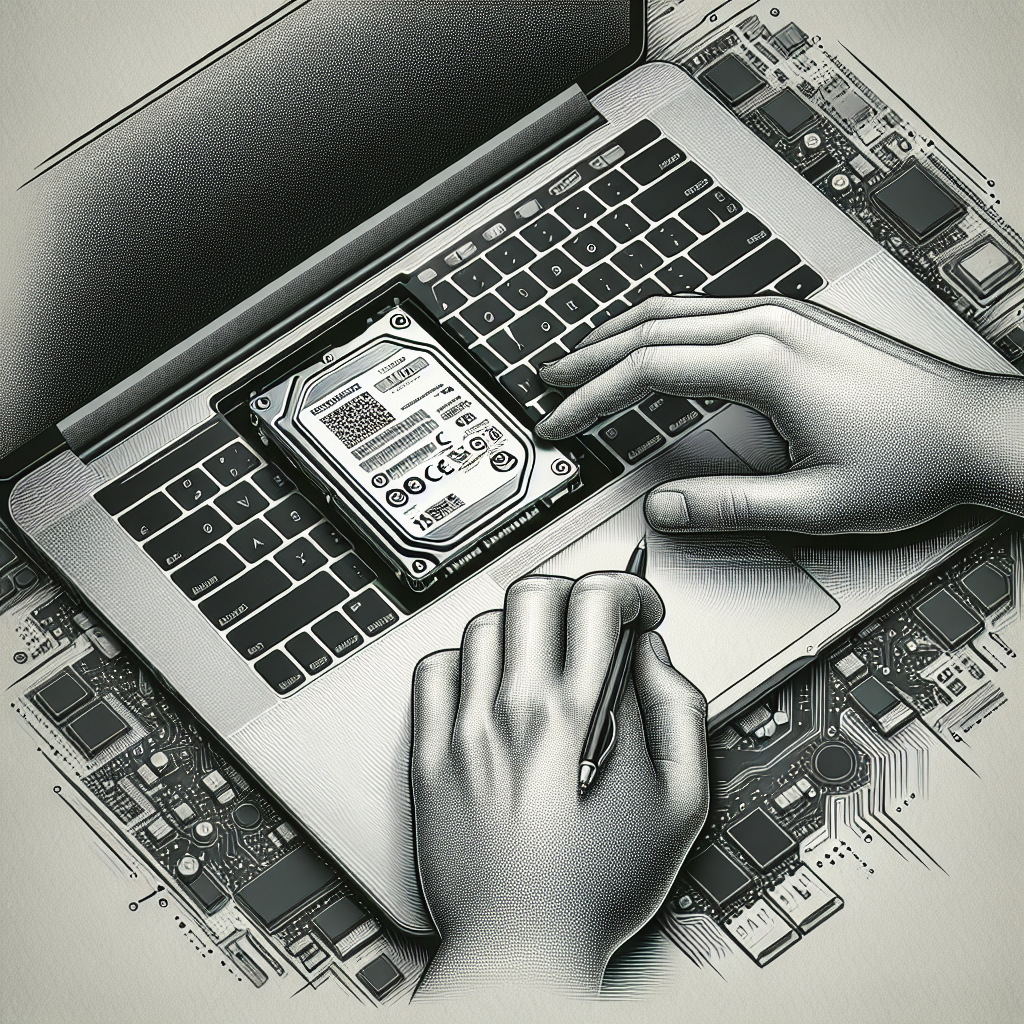How to Check SSD in Laptop
Introduction
Solid State Drives (SSDs) have become the go-to storage option for many laptop users due to their superior speed and reliability. However, it’s important to regularly check the health and performance of your SSD to ensure it’s functioning optimally. In this article, we will guide you on how to check the SSD in your laptop.
Useful Tools for SSD Health Check
There are several tools available that can help you monitor and evaluate the health and performance of your SSD. Some of the popular options include:
- CrystalDiskInfo: This is a free tool that provides detailed information about your SSD’s health and performance.
- SSDLife: Another useful tool that offers real-time monitoring of your SSD’s health.
- Intel SSD Toolbox: If you have an Intel SSD, this tool is specifically designed to check and optimize its performance.
Checking the SSD Health
To check the health of your SSD, follow these steps:
- Install one of the SSD health check tools mentioned above.
- Open the tool and it will automatically detect your SSD.
- Review the information provided by the tool, which will include details such as the SSD’s temperature, remaining lifespan, and any potential issues or errors.
- If the tool identifies any problems, take appropriate actions like updating firmware or seeking professional assistance.
Monitoring SSD Performance
In addition to checking the health of your SSD, it’s also important to monitor its performance. This can be done with the help of tools like CrystalDiskMark and AS SSD Benchmark. These tools measure the read and write speeds of your SSD, helping you identify any performance bottlenecks.
Regularly running these benchmark tests will give you a good idea of how your SSD is performing and allow you to take necessary measures if you notice a significant drop in performance over time.
Conclusion
Checking the health and performance of your SSD is crucial to ensure its longevity and optimal functionality. By utilizing the right tools and following the steps outlined in this article, you can easily assess the health of your SSD and take appropriate actions if needed. Remember to regularly monitor your SSD’s performance to catch any issues early on. Take care of your SSD, and it will continue to serve you well!

